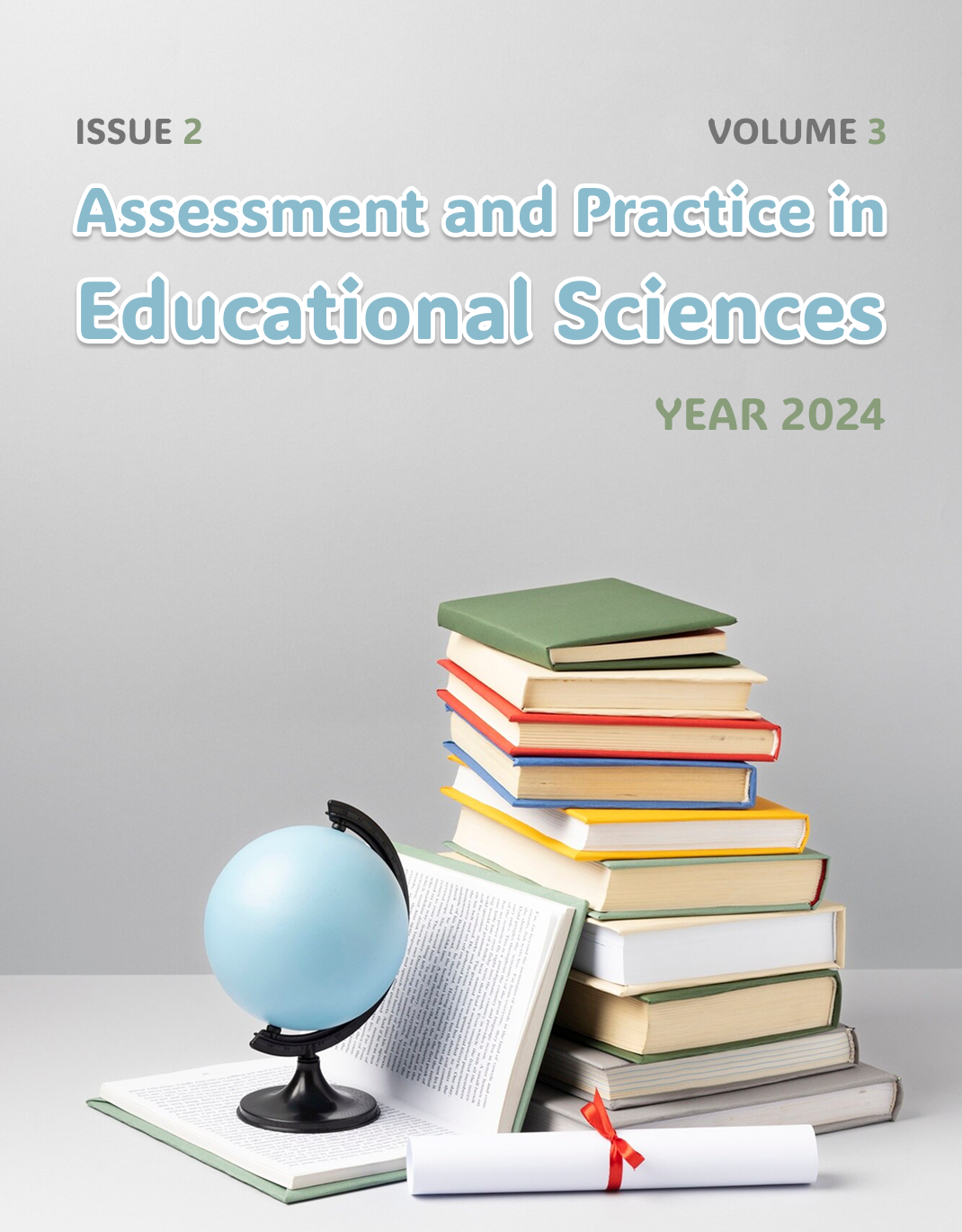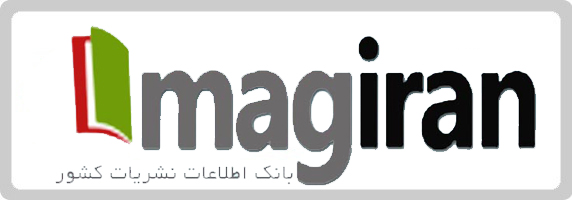Identification, Evaluation, and Prioritization of Factors Affecting the Identification of Out-of-School Children in Primary Education: A Human Development Index Promotion Approach in Iran
Keywords:
Education, Out-of-School Children, Human Development, Primary EducationAbstract
The present study was conducted with the aim of identifying, evaluating, and prioritizing the factors influencing the identification of out-of-school children in primary education, with a focus on enhancing the Human Development Index in Iran. In terms of objective, the study is applied; in terms of data type, it is a sequential mixed-methods study with an exploratory approach; in terms of paradigm, it follows a pragmatic orientation; and in terms of nature, the qualitative part involves qualitative content analysis with a thematic analysis approach, while the quantitative part is descriptive-analytical and survey/correlational in type. The study population in the qualitative phase consisted of theoretical experts (faculty members in the field of educational sciences) and practical experts (relevant officials from the Ministry of Education). Based on the principle of data saturation and purposive sampling, 15 interviewees were selected. In the quantitative phase, the statistical population included all staff from the Deputy for Primary Education and the Deputy for Cultural and Educational Affairs. Using the minimum sample size formula for confirmatory factor analysis and a combined (multi-stage) sampling method, 242 employees were selected. Data collection methods included semi-structured interviews in the qualitative phase and researcher-developed questionnaires in the quantitative phase. The validity and reliability of the instruments were examined and confirmed in both phases. Data analysis methods included thematic analysis using Maxqda-V18 in the qualitative phase and descriptive and statistical analysis (confirmatory factor analysis) using SPSS-V27 and SmartPLS-V3 in the quantitative phase. The findings revealed that the dimensions of identifying out-of-school children in primary education with a Human Development Index promotion approach include social, economic, and educational dimensions. The results also showed that the economic dimension was the top priority, while the social dimension was ranked last.
Downloads
References
1. Mansouri SA, Afghah SM, Aghaei Jannat Makan H, Sharifzadeh Ahvazi S. Simulating the Human Development Index in Khuzestan Province with Emphasis on Healthy Living and Access to Knowledge: A Comparison with Iran. Quantitative Economics. 2022;19(1):101-26.
2. Unesco. The right to education in the 21st century: findings from the international seminar on the evolving right to education. 2022.
3. Akatwijuka HIA. Socio-Economic Factors and Access to Higher Education in Uganda: A Case of Public Higher Education Institutions in Kigezi Sub Region. International Journal of Research and Innovation in Social Science. 2024;VIII(IIIS):1099-108. doi: 10.47772/ijriss.2024.803076s.
4. Mbabazi A, Aisha A, Mwesigye A. The Influence of Regional Location of Kasese District on Access to University Education. Idosr Journal of Arts and Management. 2023:15-26. doi: 10.59298/idosr/2023/12.1.5892.
5. Heidari A, Sedaghat M, Mirzaei A. The Processes of Production and Reproduction of Educational Dropout in Sistan and Baluchestan Province. Strategic Research on Social Problems in Iran. 2022;11(2):47-70.
6. Subramanian B. Beyond Enrolment: How Urban Poverty Affects Educational Experiences. Review of Development and Change. 2024;29(2):242-60. doi: 10.1177/09722661241291164.
7. Sabir M. Gender and Public Spending on Education in Pakistan: A Case Study of Disaggregated Benefit Incidence. The Pakistan Development Review. 2022:477-93. doi: 10.30541/v41i4iipp.477-493.
8. Butt M, Park S. The Influence of Cultural and Social Factors on Education in Pakistan. International Journal of Academic Research in Progressive Education and Development. 2024;13(2). doi: 10.6007/ijarped/v13-i2/21336.
9. Mamun MZ. Factors Affecting Urban Women Empowerment in Bangladesh. Ulbec. 2024;01(02):31-40. doi: 10.70315/uloap.ulbec.2024.0102006.
10. Hanane M, Xiang-he G, Ali D. Contextual Analysis of Child Labor Laws and Educational Rights for Children in Pakistan With a Focus on KPK Province. Discover Global Society. 2024;2(1). doi: 10.1007/s44282-024-00105-0.
11. Nkomo T. Factors Influencing Girl Child School Dropout Rates: A Contextual Analysis Of Optional Schools In Masvingo Region. International Journal of Pedagogics. 2024;4(05):06-11.
12. Wanti M, Wesselink R, Biemans HJA, Brok Pd. Further Insight Into Social Factors Affecting Access to and Equity for Low-Ses Students in Higher Education. European Journal of Inclusive Education. 2024;3(1):61-82. doi: 10.7146/ejie.v3i1.140295.
13. Liao Y, Xie X. Research on Strategies of Colleges and Universities to Enhance the Sense of Acquisition of College Students’ Ideological and Political Education in the Context of Deep Learning. Applied Mathematics and Nonlinear Sciences. 2024;9(1). doi: 10.2478/amns-2024-0673.
14. Ezaki N. Analysing the dropout patterns of individual children in Nepal: Relationship between school dropout and grade repetition/entrance age. International Journal of Comparative Education and Development. 2024. doi: 10.1108/IJCED-04-2023-0028.
15. Eranıl AK. School Dropout Causes in Turkish Education System (2009-2022): A Pareto Analysis by Grade Level. Journal of Theoretical Educational Science. 2024;17(2):451-77. doi: 10.30831/akukeg.1291174.
16. Jatmiko H, Asriati N, Syamsuri S, Ulfa M, Achmadi A. Analysis of the Implementation of Gerakan Ayo Sekolah Movement in Improving the Human Development Index in Ketapang District. Education Achievement: Journal of Science and Research. 2024:374-86. doi: 10.51178/jsr.v5i2.1900.
17. Zulkarnain Z, Ulinnuha R, Abdullah R. Social Inclusion as a Challenge of Multiculturalism in Germany: A Study on Muslim Minorities. Alfuad Jurnal Sosial Keagamaan. 2024;8(2):135. doi: 10.31958/jsk.v8i2.12052.
18. Kirichok O, Amankeldi N, Parmanova R, Doohan NV. Overcoming Barriers in It Education: Academic and Social Challenges in India and Kazakhstan. The Journal of Economic Research & Business Administration. 2025;1(151):73-85. doi: 10.26577/be202515116.
19. Dave P. The Impact of Social Determinants of Health on Vaccination Uptake. Asian Journal of Dental and Health Sciences. 2024;4(2):61-6. doi: 10.22270/ajdhs.v4i2.90.
20. Reshi IA, Sudha DT, Dar SA. Women's Access to Education and Its Impact on Their Empowerment: A Comprehensive Review. Morfai Journal. 2022;1(2):446-50. doi: 10.54443/morfai.v1i2.760.
21. Ugobueze AN. Factors Affecting Primary School Population and the Influence of Socialization Agents. Inisiatif. 2024;3(2):157-70. doi: 10.61227/inisiatif.v3i2.214.
Downloads
Published
Submitted
Revised
Accepted
Issue
Section
License
Copyright (c) 2024 Maryam Hosseinzadeh (Author); Kambiz Poshneh; Alireza Assareh, Mohammad Bagher Nobakht, Hamidreza Rezazadeh Bahadoran (Author)

This work is licensed under a Creative Commons Attribution-NonCommercial 4.0 International License.




